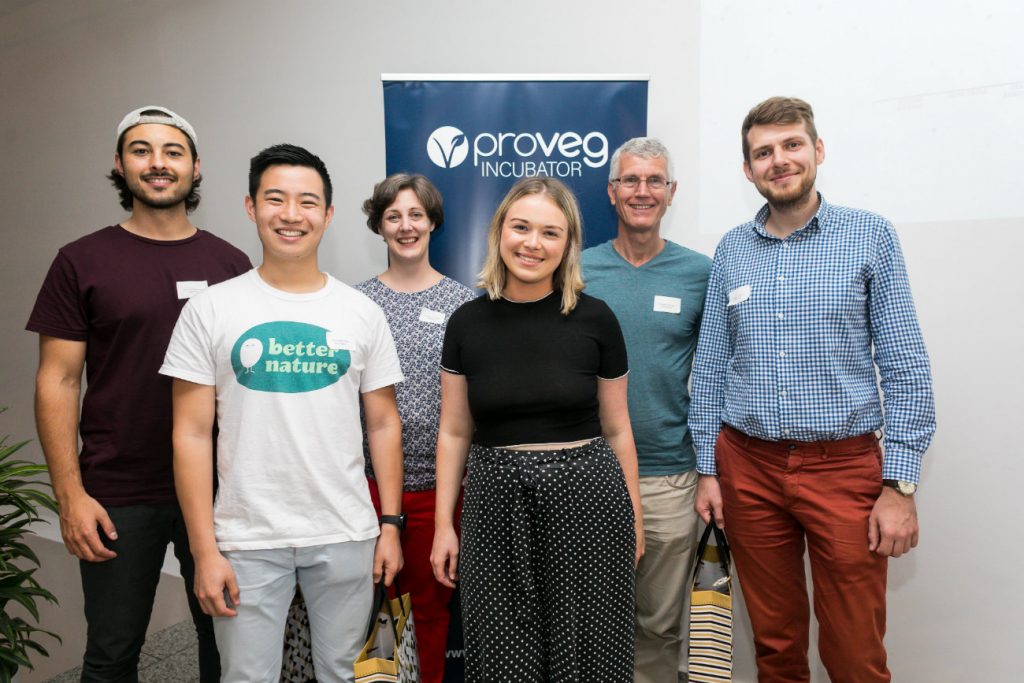“How do you pick the startups that you work with?” is a question that we often get asked at the ProVeg Incubator.
Every year, we work with around 20 startups, split across two batches. To select those companies, we run a global call for entries. We always get more companies applying than we could possibly work with.
Our most recent call for entries closed on 31 July and we received a record number of applications. Since then, the Incubator team has been diligently reviewing all of the applications and deciding which companies to move forward with.
Delving into the details
The first stage is to analyse the written application that startups submit via our website. At this point, we are looking mainly at the type of product or service a startup is offering, as well as the team and what kind of progress the company has made to date.
For the upcoming cohort, we are particularly interested in startups developing egg, chicken, and seafood alternatives. However, we will of course also be accepting companies that are working on other exciting and impactful innovations.
The second stage in our process is to conduct an (online) interview with the founders we are keen to move forward with. This helps us get to know the people behind the projects, and learn more about how they plan to build their startups. It also allows us to identify the areas in which they will need the most support.
Finally, we reach the pitch round. The startups that have made it this far have five minutes to pitch their companies and products to a panel of ProVeg Incubator team members and external experts. The pitch is followed by a Q&A session.
This is an opportunity for us to delve deeper into the details of a company and look at everything from financing and product development to branding, go-to-market strategies, and team development.
It’s also a chance for founders to ask us questions and learn more about the programme we offer. At this point, we also ask startups to provide certain documents, such as financial projections, and clarify any remaining questions they may have.
Then comes the hardest part (for us at least) – deciding which startups to invite to join the Incubator.


